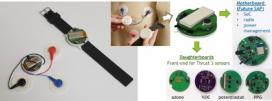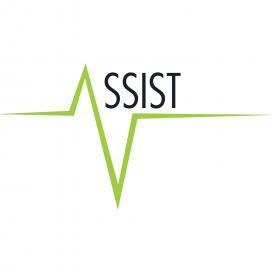ERC Marks Ten Years of Advances in Wearable Health Monitoring Devices
In the ten years since its founding, the NSF-funded Engineering Research Center (ERC) for Advanced Self-Powered Systems of Integrated Sensors and Technologies (ASSIST), headquartered at North Carolina State University, has made groundbreaking advances in self-powered wearable health monitoring devices, including novel devices to predict and prevent asthma attacks.
Using a modular platform, wearable health monitoring devices can be easily modified to target and monitor a range of diseases and health conditions. To predict and prevent asthma attacks, for example, the platform can be incorporated into devices like wristbands and chest patches that are easy to wear and monitor.
Established in 2012, the NSF-funded Center has developed several generations of health and environmental trackers that can be used to target and monitor a number of diseases or health conditions, such as Alzheimer’s disease and related dementia, neurorehabilitation tracking, and asthma.
Asthma can be exacerbated by environmental factors and is also highly prevalent in pediatric and young adult populations living in urban locations. This is in part due to high concentrations of localized ozone, a pollutant that is known to aggravate asthma. The wristband monitoring device developed by ASSIST researchers detects pulse, activity levels, ozone exposure, and volatile organic compounds. A chest patch monitors heart rate, heart rate variability, and cough. These devices have helped researchers find a correlation between ozone exposure and physiological effects in individuals with asthma compared with individuals who do not have asthma.



